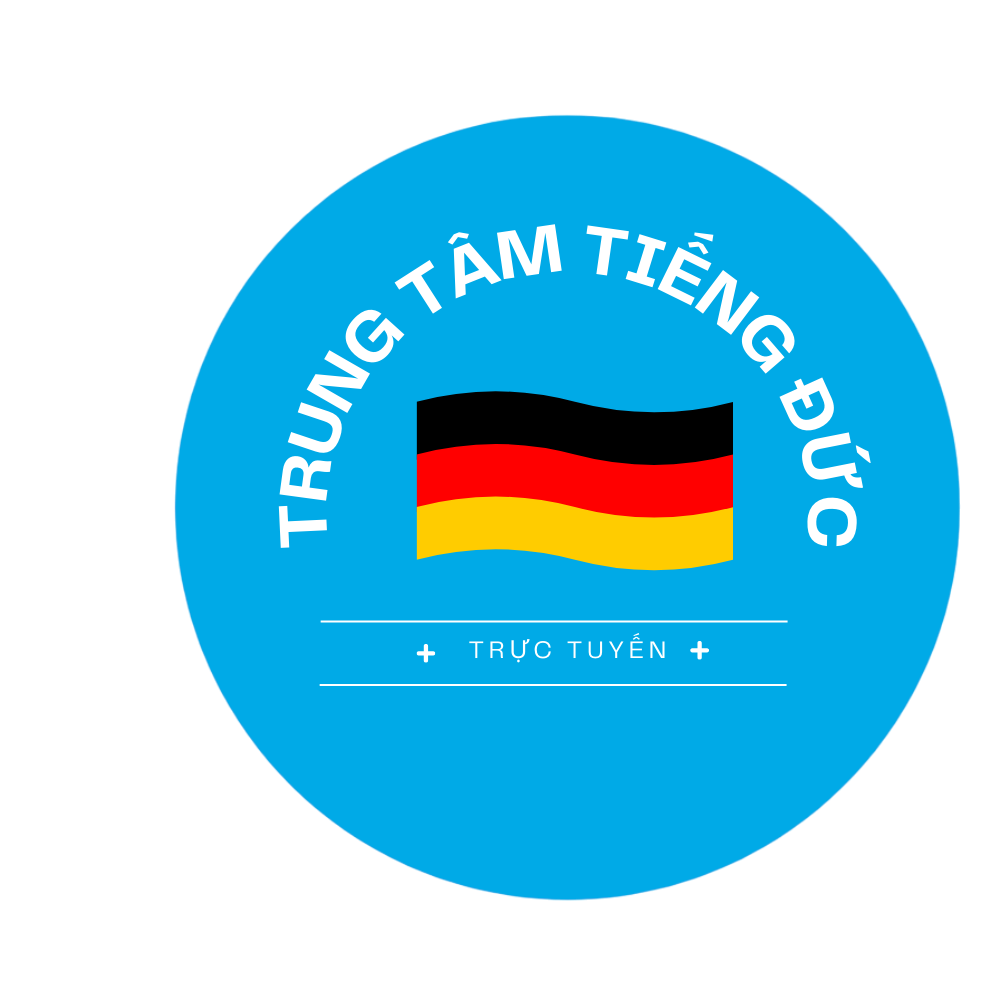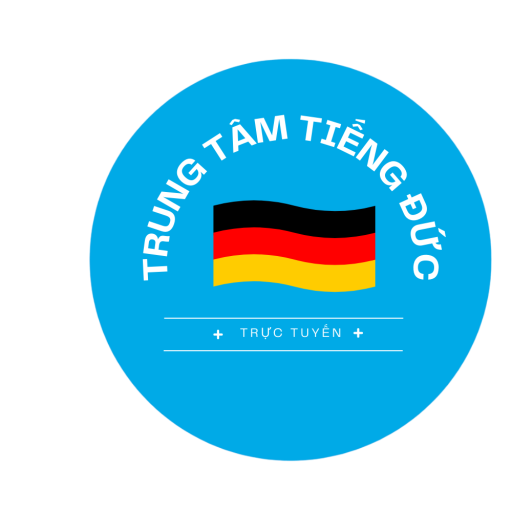Global Transportation Developments Shaping 2025
This extensive examination reveals key advancements revolutionizing international mobility networks. From electric vehicle implementation through to artificial intelligence-powered supply chain management, these crucial paradigm shifts are positioned to create more intelligent, more sustainable, and more efficient mobility solutions worldwide.
## Global Transportation Market Overview
### Economic Scale and Expansion Trends
Our global transportation industry achieved 7.31T USD in 2022 while being expected to achieve $11.1 trillion before 2030, developing at a compound annual growth rate of 5.4% [2]. Such expansion is driven through city development, digital commerce proliferation, and infrastructure capital allocations surpassing two trillion dollars each year through 2040 [7][16].
### Geographical Sector Variations
The Asia-Pacific region leads with more than 66% of global transport operations, fueled by the Chinese extensive network developments and Indian burgeoning manufacturing sector [2][7]. African nations emerges as the fastest-growing zone boasting 11 percent annual logistics framework investment expansion [7].
## Next-Gen Solutions Revolutionizing Logistics
### Electric Vehicle Revolution
Global EV adoption are projected to exceed 20 million each year by 2025, with next-generation energy storage systems improving storage capacity up to 40% while cutting expenses around 30% [1][5]. The Chinese market dominates with three-fifths in global EV sales including consumer vehicles, buses, as well as freight vehicles [14].
### Autonomous Transportation Systems
Autonomous trucks are utilized in long-haul transport corridors, with companies like Alphabet’s subsidiary achieving 97% route success metrics through controlled environments [1][5]. Metropolitan test programs of self-driving people movers demonstrate 45% decreases in service expenses compared to traditional systems [4].
## Sustainability Imperatives and Environmental Impact
### Emission Reduction Challenges
Mobility constitutes 24-28% of global CO2 outputs, where road vehicles contributing three-quarters within sector pollution [8][17][19]. Large trucks release two gigatonnes each year despite making up merely 10% of worldwide transport numbers [8][12].
### Sustainable Infrastructure Investments
The European Investment Bank calculates a 10T USD global investment shortfall in green transport infrastructure through 2040, necessitating novel monetary models to support EV power infrastructure plus H2 fuel distribution systems [13][16]. Notable projects feature the Singaporean integrated mixed-mode transport network reducing passenger carbon footprint by thirty-five percent [6].
## Developing Nations’ Transport Challenges
### Infrastructure Deficits
Merely half of city-dwelling populations in emerging economies maintain availability of dependable mass transport, while 23% of rural areas without all-weather road access [6][9]. Case studies such as Curitiba’s BRT network demonstrate 45% reductions in city congestion via separate lanes and frequent services [6][9].
### Financial and Innovation Shortfalls
Developing nations require 5.4 trillion dollars each year to meet basic mobility infrastructure requirements, but currently obtain merely $1.2 trillion through government-corporate collaborations plus global assistance [7][10]. The adoption for AI-powered traffic management systems remains 40% lower compared to developed nations due to digital disparities [4][15].
## Regulatory Strategies and Emerging Trends
### Decarbonization Goals
The global energy body advocates thirty-four percent reduction of transport industry CO2 output by 2030 via EV integration acceleration plus public transit usage rates growth [14][16]. The Chinese economic roadmap allocates $205 billion for transport PPP initiatives focusing on international train routes such as Sino-Laotian and China-Pakistan links [7].
London’s Crossrail initiative handles seventy-two thousand passengers per hour while reducing carbon footprint up to 22% via regenerative braking systems [7][16]. The city-state leads in blockchain systems for cargo documentation automation, cutting processing times from three days to under 4 hours [4][18].
The layered analysis highlights a critical requirement for holistic approaches merging innovative advancements, eco-conscious investment, and fair regulatory frameworks in order to address worldwide mobility issues whilst promoting climate goals and economic development objectives. https://worldtransport.net/

